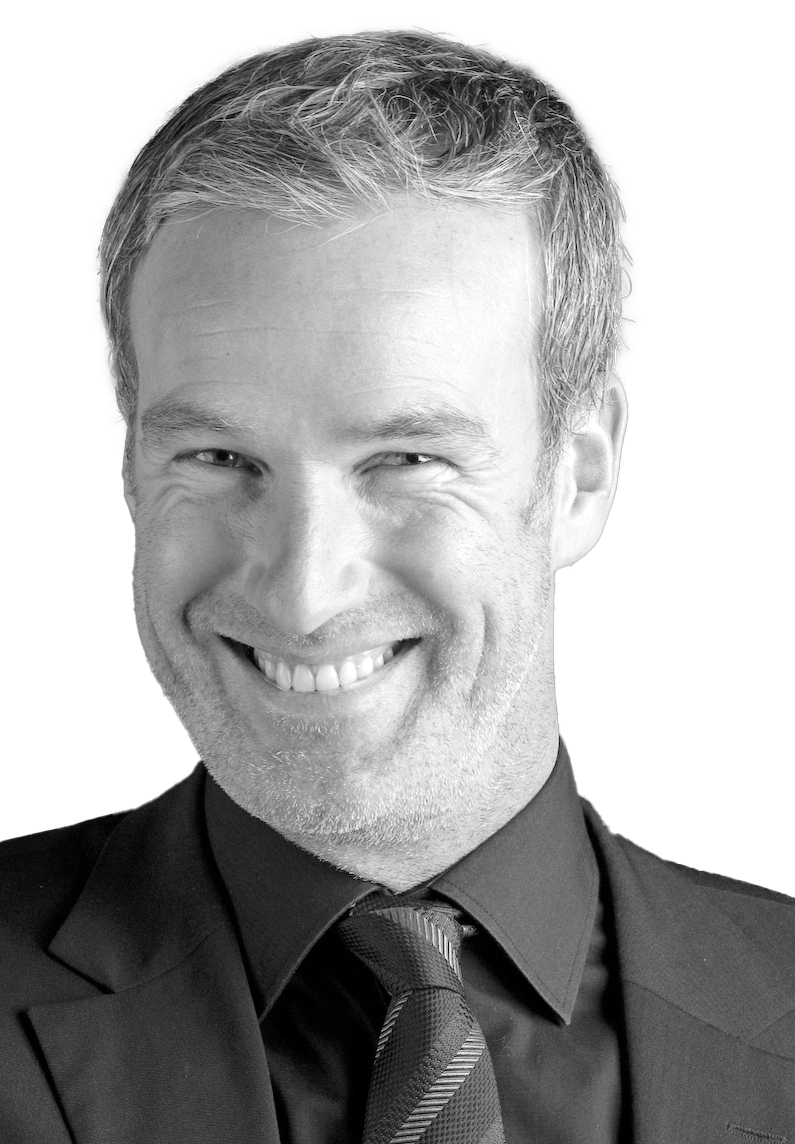
Prof. Dr. Benedict Wilmes
Germany
Dr. Wilmes completed his postgraduate training in oral surgery at the Department of Maxillofacial Surgery at the University of Muenster, Germany. Following this, he pursued a postgraduate degree in orthodontics and dentofacial orthopaedics at the University of Duesseldorf, Germany. In 2013, he was appointed as a Professor at the Department of Orthodontics at the University of Duesseldorf. With over 200 published articles and textbook chapters to his name, Dr. Wilmes is a prolific author. He serves as a reviewer for numerous esteemed journals and has delivered more than 300 lectures and courses in 70 different countries worldwide. Dr. Wilmes specializes in digital orthodontics and is particularly interested in exploring new CAD/CAM technologies for non-compliant and invisible orthodontic treatment strategies, such as TADs (Temporary Anchorage Devices) and aligners. He has contributed significantly to the field with his invention of various innovative treatment modalities, including mini-implant borne expansion (MARPE), Hybrid Hyrax, Mesialslider, Beneslider, and the Benefit mini-implant system. Recognizing his outstanding contributions, Dr. Wilmes has received several prestigious awards throughout his career. These include the First Prize of the German Orthodontic Society in 2007, the First Prize of the European Orthodontic Society in 2009, the First Prize of the German Society for Lingual Orthodontics in 2018, and the Award of the International Academy of Clear Aligners in 2019. Dr. Wilmes serves as an Editorial Board Member for various international journals, including the Journal of Clinical Orthodontics, Bioengineering, the Journal of the Asian Pacific Orthodontic Society, and the Journal of Aligner Orthodontics. Additionally, he holds active membership in the Angle Society (Eastern Component).
-
Abstract
Aligners and TADs in Combination: Sliding or Screwing?
Physical movements, especially of molars, can be achieved only to a certain extent with aligners. In these cases, it is therefore advisable to use mini implant-supported appliances that can be used to achieve physical tooth and root movements for aligner therapy. In this way, distalisation or mesialisation can be achieved with a high degree of reliability without tilting of the teeth and with the desired anchorage. In this presentation, the advantages and disadvantages of sliders (mesial sliders/benesliders) versus screw mechanics (mesialisers/distalisers) in combination with aligners will be presented and discussed.
DGAO · Deutsche Gesellschaft für Aligner Orthodontie e.V. | dentevent by A Hoy PR


